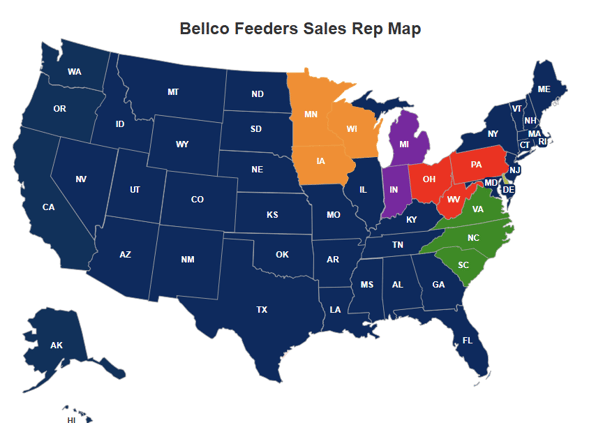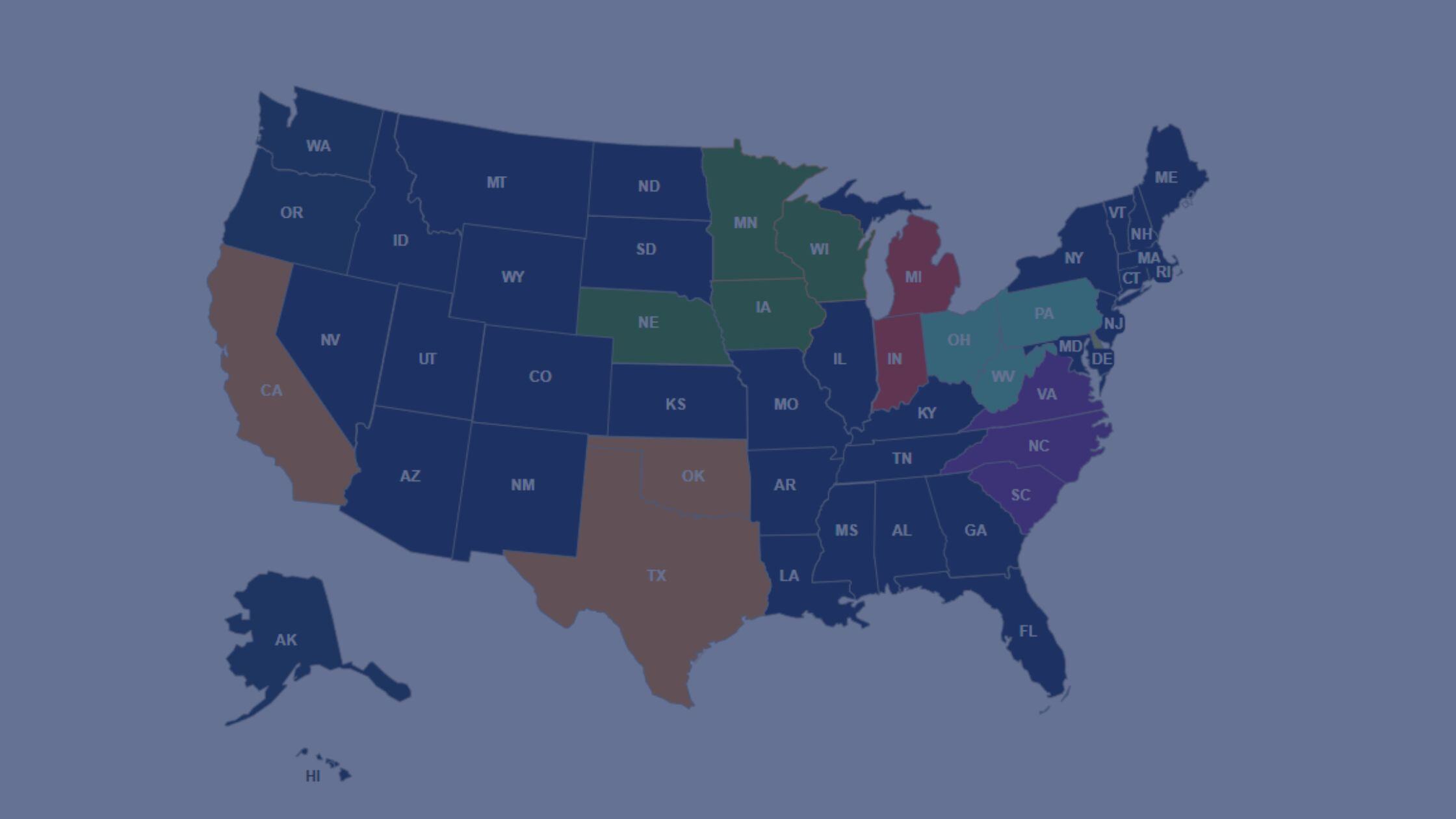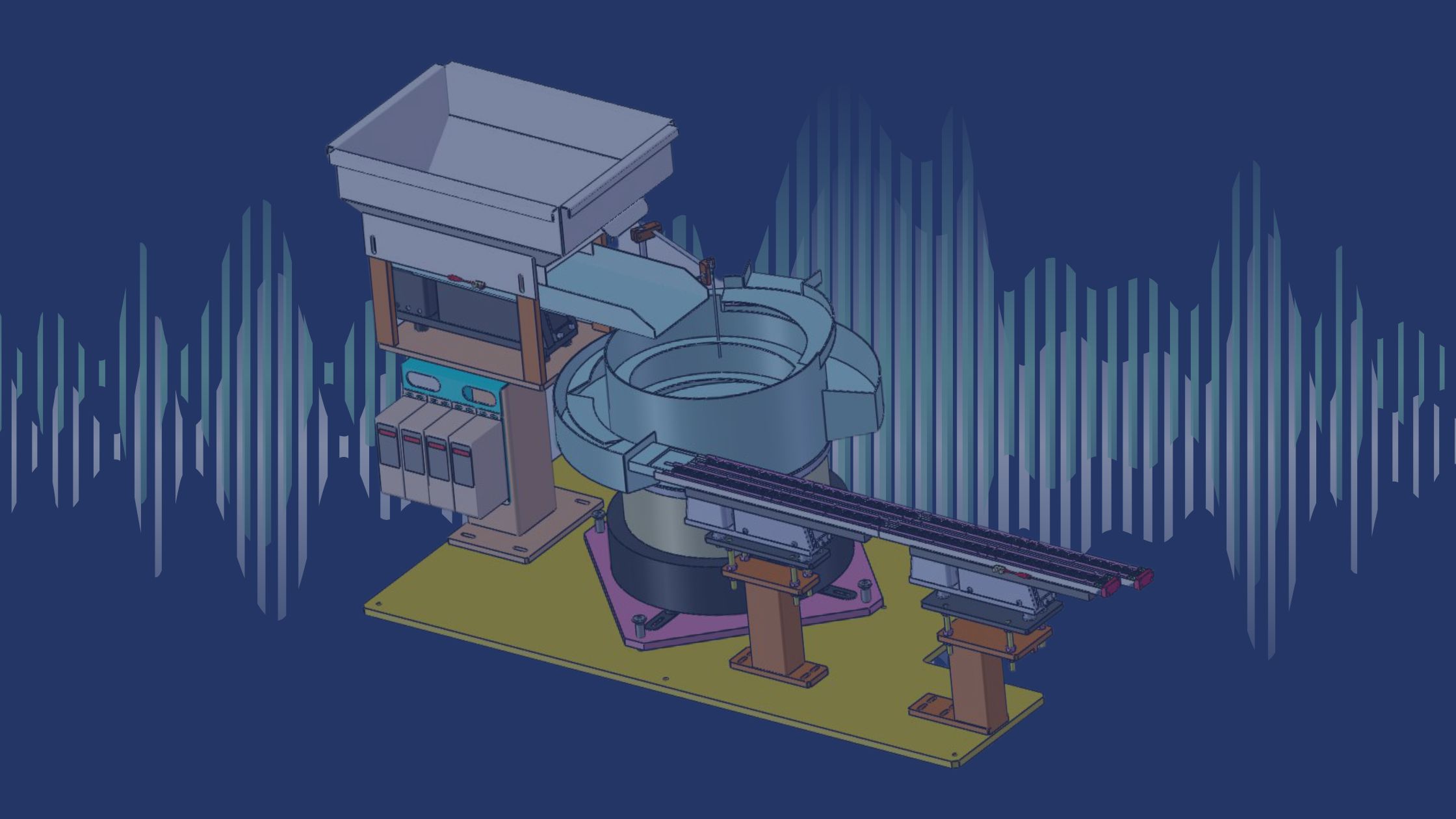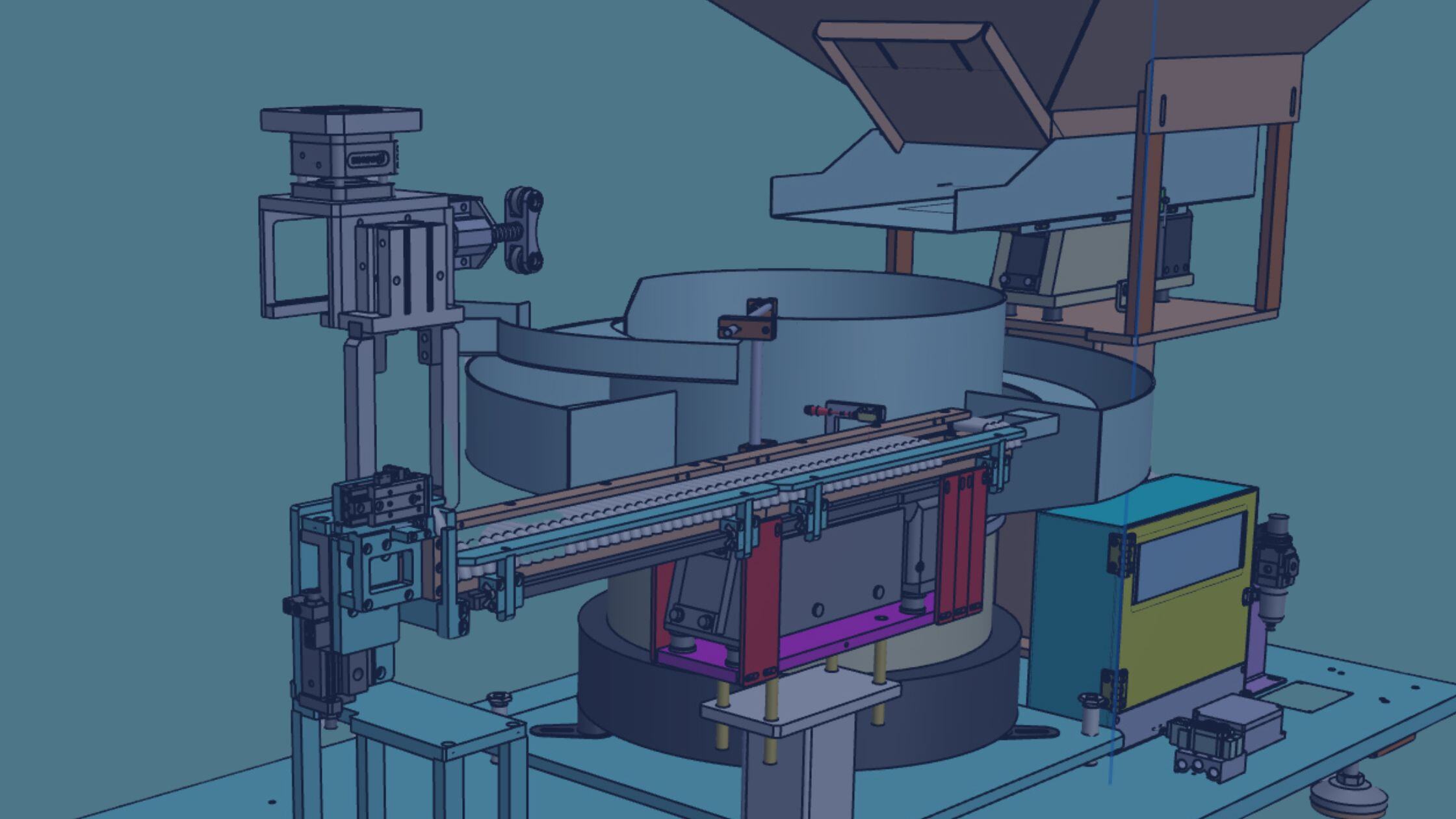An Introduction to The Advantages of Part Feeding with Step Feeders
Are you looking for a way to make part feeding more efficient and cost-effective? Or a way to feed cylindrical or spherical parts? Step feeders are one kind of automated part feeding system that may work for your application. In this article, we'll explore what step feeders are, how they work and the advantages they offer over other part feeding methods.
What is a Step Feeder?
A step feeder is a type of automated part feeding system that uses a series of steps to feed parts into a machine. Step feeders are often used in assembly line applications to quickly and gently sort, orient, and feed parts into a machine or assembly process.
Step feeders can be custom designed to meet the specific needs of an application. For example, a step feeder can be designed to feed parts into a machine at a rate of one part per second. Or a step feeder can be designed to feed multiple parts into a machine at the same time. Step feeders can also be equipped with sensors that detect when a part is missing or misaligned and can automatically adjust the flow of parts accordingly.

How Does a Step Feeder Work?
A step feeder is a specialized type of feeding device that is used in industrial and commercial settings to automatically feed parts or products to a machine or process, without vibration. Step feeders are designed to work with a wide variety of different parts and products and can be customized to meet the specific needs of any application, but step feeders are especially useful for feeding cylindrical or spherical parts that are not easy to feed with a traditional vibratory bowl feeder.
Step feeders typically consist of a baseplate with an attached hopper, which is used to hold the parts or products being fed. On the back side of the hopper a stepped style feeding mechanism, delivers the parts or products to the machine or process. The 'steps' are raised one at a time creating a shelf that parts sit on and are pushed upwards towards a linear track that will deliver the parts in a single file line to their destination. The steps are designed to be a specific width for each application. As the steps move upwards, parts that are not seated fully on the shelf will drop off, back into the hopper. When the step reaches the top, it meets up with a single-track linear feeder, if there is more than one part in a line it will drop off down the return chute to return all extra parts to the hopper for recirculation.
Step feeders are often used in applications where it is not possible or practical to use a traditional conveyor belt system or a vibratory bowl feeder. Step feeders are also commonly used in applications where parts or products need to be fed gently and without vibration.
Advantages of Using a Step Feeder
There are many advantages of using a step feeder for part feeding applications, they can improve manufacturing efficiencies, reduce manual labor and safety risks and offer a low maintenance automated option.
Step feeders can be easily integrated into an existing automated production line. This can help to minimize downtime and increase efficiency by allowing you to keep your production line running smoothly. Step feeders’ controllers can integrate into machine PLC and HMI, making the system simple for operators to run.
As automation in manufacturing processes continues to grow, it's important to remember the benefits to the workforce in addition to the operations and financial benefits. Compared to vibratory bowl feeders, step feeders have lower operational noise due to the vibration free feeding method. They also offer a low load height, once the parts are loaded in the hopper they travel upwards, so operators that are loading parts into the system can do so at an ergonomically acceptable height. The low noise and ergonomic height both help reduce the PPE requirements for operators and increase the safety of manufacturing processes.
Additionally, step feeders are typically very reliable and require little maintenance, which further reduces downtime and increases efficiency.
The Best Parts to Feed Using a Step Feeder
There are several factors to consider when determining which parts to feed using a step feeder. The most important factor is the size and shape of the part. Step feeders are designed to handle parts that are round, cylindrical, or spherical, so it is important to make sure that the parts you are feeding are within these parameters. Think of springs, tubes, washers, nuts, or any like product.
In addition, you will want to consider the material of the part and how it will interact with the step feeder. Some materials, such as metals, can be ideal to feed with a step feeder because they offer a low noise option. Other materials, such as plastics or composites, can also be fed without issue if they are generally stiff. Flexible and soft parts are not ideal for step feeder applications.
Finally, you will want to consider the production volume of the parts you are feeding and the required feed rate. A traditional step feeder has a single-lane linear track output, it can operate fairly quickly but if you need continuous motion, this may not be the right part feeding system for your application.
Conclusion
Step feeders are an efficient and reliable method of part feeding, allowing for an even distribution of parts to a variety of automated processes.
At Bellco Feeders, we specialize in the design, engineering and manufacturing of a variety of automated parts feeding systems, including step feeders. Our team is available to review your application with you and make recommendations on which type of feeder would best fit your needs. With our global sourcing efforts and streamlined production process, we are quickly gaining traction in the industry as a modern provider for high-quality and lower cost solutions.



